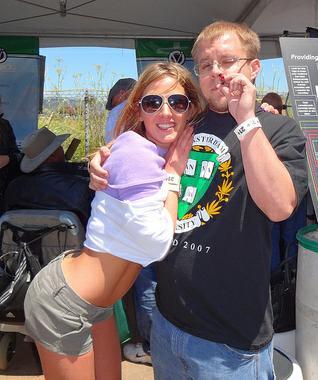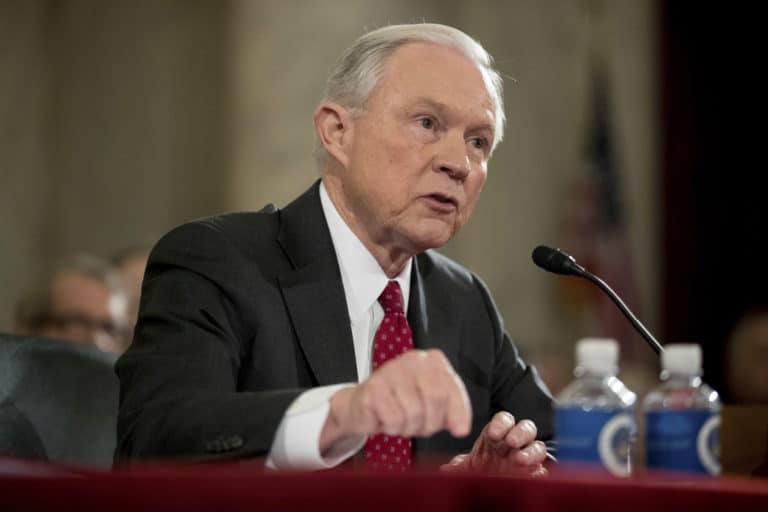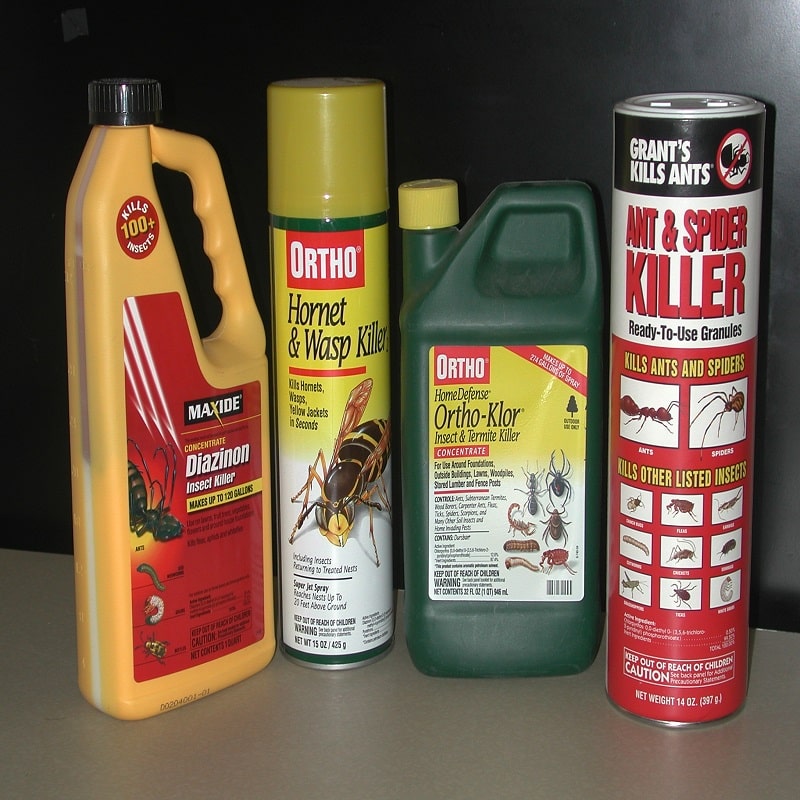 Law Enforcement Against Prohibition’s Executive Director Neill Franklin Supports Oregon’s Efforts To End Marijuana Prohibition In 2014
Law Enforcement Against Prohibition’s Executive Director Neill Franklin Supports Oregon’s Efforts To End Marijuana Prohibition In 2014
Since the Oregon Legislature’s failure to refer the ballot a comprehensive marijuana policy, we’ve seen some unfocused reporting in the media. Initiative Petitions 21 and 22, supporters pointed out, are not just about the adult possession of marijuana but the failure of prohibition and the negative impacts that unnecessary enforcement and imprisonment has had on Oregon citizens, especially the youth and minority communities.
“Prohibition has never worked,” according to chief petitioner Paul Stanford. “This isn’t about a right to possess or smoke marijuana, this is about the wrongs of criminalizing it and putting people in jail for it,” Stanford said.
“Obviously, the last time around, Oregon almost made it, at 47 percent,” said Neill Franklin, executive director of Law Enforcement Against Prohibition (LEAP) in an interview with Time 4 Hemp’s Casper Leitch and CRRH’s Paul Stanford. “So, you know, it’s obvious that we have to continue to work on Oregon, in ending the prohibition of marijuana. And, of course, we support any policy that is destined to do that, you know, that’s crafted to do that,” Franklin said. “And the sooner, the better.”
“Some Maryland legislators are asking me, ‘Why can’t we wait until we get some data from Colorado?’ And I’m like, how much more data do we need? We’ve got four decades of data. One more year is thousands of people arrested for marijuana violations. One more year is billions and billions of dollars going into the hands of the cartels, and other segments of organized crime and local gangs.
One more year is another year of no taxes being made on the money that’s being generated by this trade. So let’s do it now. And so I’m happy that Paul and others are trying to move this policy forward and end the prohibition of marijuana in Oregon. I wish it would have gone last time around, but hopefully it’ll go this time. I’m certain we’re going to get more than 47 percent; we’ve gotta get that ballot out there.”








